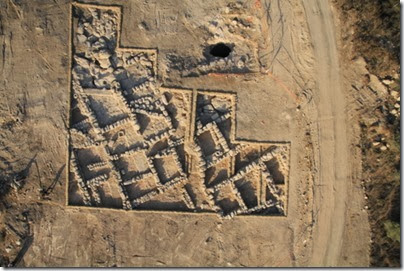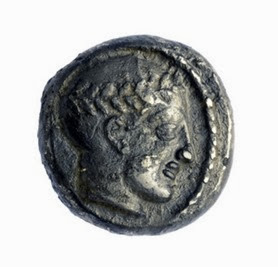A Hellenistic village from the 3rd to 1st centuries BC was recently excavated in the Shephelah of Judah a few miles south of Latrun and about 15 miles (24 km) west of Jerusalem. A press release from the Israel Antiquities Authority gives details.
The remnants of a rural settlement that was occupied for approximately two centuries during the Second Temple Period were uncovered in August 2013 – January 2014 near the ‘Burma Road’ (not far from Mitzpe Harel). The find was made during an Israel Antiquities Authority archaeological salvage excavation, before the start of work on a natural gas pipeline to Jerusalem as part of a national project directed by Israel Natural Gas Lines (INGL).
In June 2013, Israel Natural Gas Lines began construction of the 35km-long project, which runs from the coastal plain to the outskirts of Jerusalem. In light of the finds, the Israel Antiquities Authority and the INGL have agreed that engineering plans for the gas line are to be revised, bypassing the site and preserving it as an accessible archaeological site beside the Burma Road.
The excavations, which covered about 750 square meters, revealed a small rural settlement with a few stone houses and a network of narrow alleys. Each building, which probably housed a single nuclear family, consisted of several rooms and an open courtyard. According to Irina Zilberbod, excavation director on behalf of the Antiquities Authority, “The rooms generally served as residential and storage rooms, while domestic tasks were carried out in the courtyards.”
The full press release is here. The story is also reported in the Jerusalem Post.
HT: Joseph Lauer


